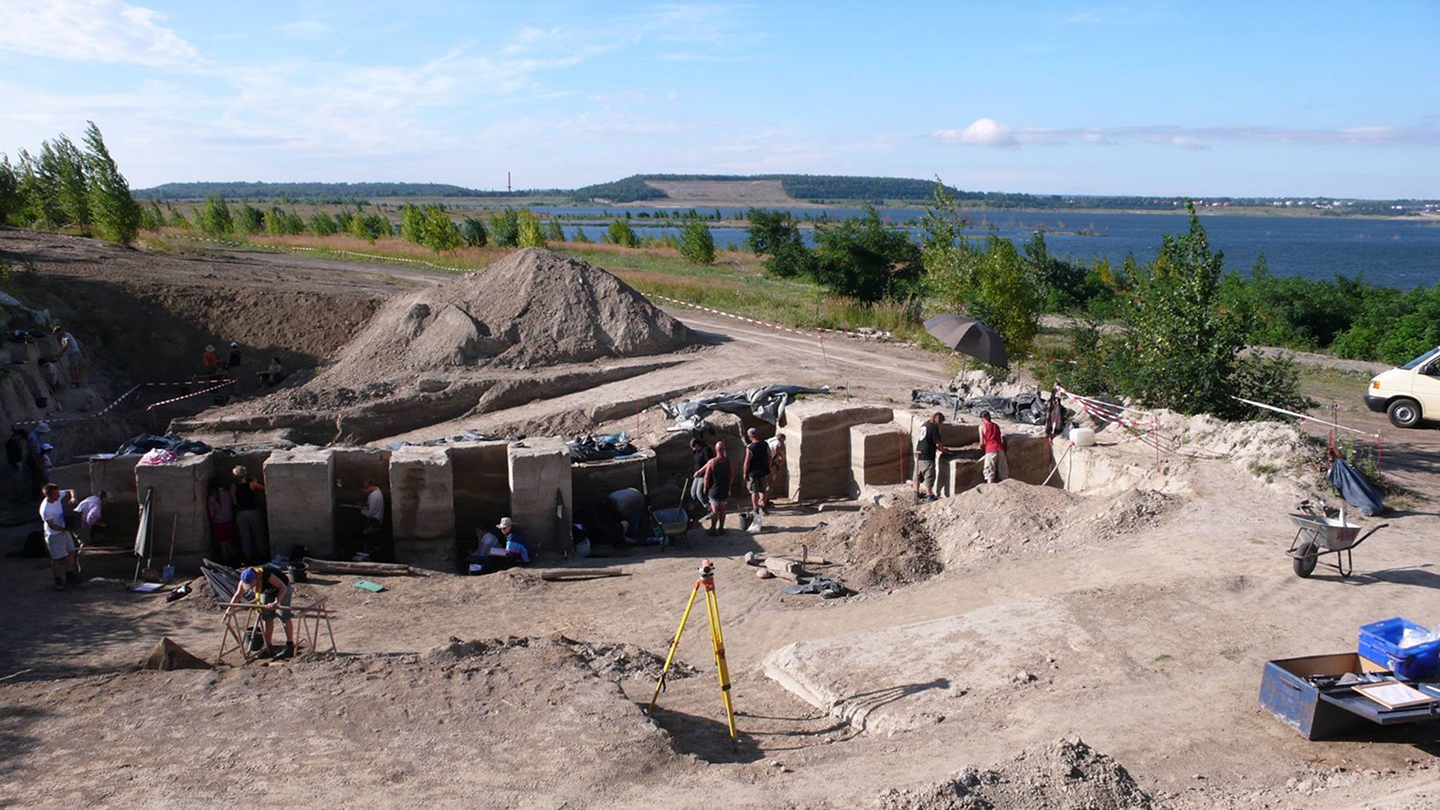Neandertals were the first hominids to turn forest into grassland 125,000 years ago
Neandertals took Stone Age landscaping to a previously unrecognized level.Aroun

Neandertals took Stone Age landscaping to a previously unrecognized level.
Around 125,000 years ago, these close human relatives transformed a largely forested area bordering two central European lakes into a relatively open landscape, say archaeologist Wil Roebroeks of Leiden University in the Netherlands, and his colleagues. Analyses of pollen, charcoal, animal fossils and other material previously unearthed at two ancient lake basins in Germany provide the oldest known evidence of hominids reshaping their environments, the scientists report December 15 in Science Advances.
The excavated areas are located within a site called Neumark-Nord. Neandertals’ daily activities there, apparently ongoing throughout the year, had a big environmental impact, the researchers suspect. Those pursuits, which occurred over a span of about 2,000 years, included setting campfires, butchering game, collecting wood, making tools and constructing shelters, they say.
“We might be dealing with larger and less mobile groups of [Neandertals] than commonly acknowledged,” Roebroeks says, thanks in part to warming temperatures after around 150,000 years ago that cleared ice sheets from resource-rich locations such as Neumark-Nord.
Stone tools and bone fragments displaying signs of heating, burned wood, charred seeds and dense patches of charcoal particles suggested that Neandertals had frequently set fires near the Neumark-Nord lakes.
Pollen from two other sites in the same mountainous part of Germany, where researchers previously found small numbers of stone tools suggesting a limited Neandertal presence, show that forests dominated there when Neandertals inhabited Neumark-Nord’s grasslands. That strengthens the view that Neandertals altered the Neumark-Nord landscape rather than settling there after forests had shrunk, Roebroeks says.
Archaeologist Manuel Will of Eberhard Karls University of Tübingen in Germany agrees. “Neandertal evidence from Neumark-Nord should be a wake-up call for the international scientific community to include archaeologists [studying] the Paleolithic record as part of any team trying to define and identify the beginning of the Anthropocene,” says Will, who did not participate in the new study.
Tags:hominids,to,Neandertals,




